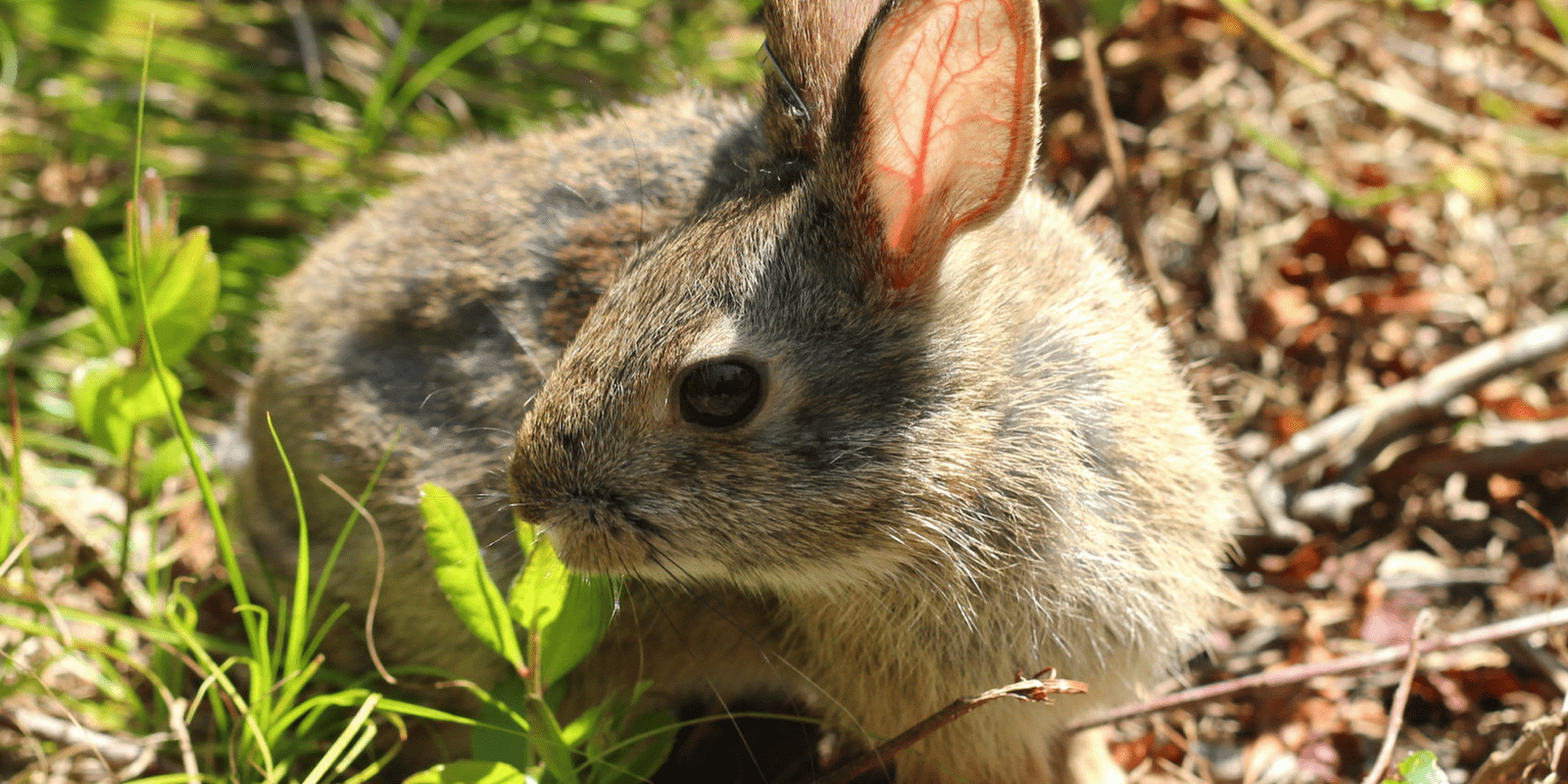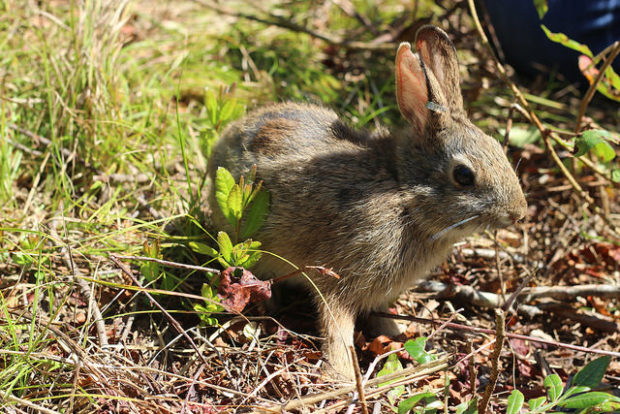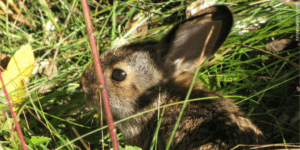We have much more to do and your continued support is needed now more than ever.
A Constitutional Amendment for New England Cottontails

When talking about protecting our public lands, conservationists are often referring to the millions of acres of sprawling western lands managed by the Bureau of Land Management and Forest Service. However, for those of us east of the Mississippi River, public lands may appear to be very different, but are just as vital to the conservation of thousands of Northeastern native species.
In Connecticut, the National Wildlife Federation’s Northeast Regional Center is working to return the New England cottontail rabbit to its native range. A key part of the strategy is working on public-private land to create the new, growing forest habitat in which this species thrives. At least 700 acres of state lands have undergone habitat enhancements, helping to bring this species off both the endangered species and threatened species lists.

Sadly, just like their western counterparts, Connecticut public lands are at risk to being sold or swapped with less quality lands owned by towns or even private developers. Either may result in prime New England cottontail habitat being destroyed for the building of parking lots and roads used for sand mining along the Connecticut River. Worse yet, sale or transfer may be included as part of must-pass legislation at the end of a legislative session – which means there would be no time for any input from the public. In Northeastern states, where so much land is in private hands, these state lands are all the more valuable and must be protected. If they must be sold, the process should be transparent and open.
That’s why the Connecticut Forest & Park Association, our state affiliate, worked with numerous conservation groups across Connecticut to support a state constitutional amendment to make land swaps or sales an open and transparent process that involved the public. Their resolution passed the Connecticut General Assembly twice in three years, meaning it will now be on the state ballot in November.

Although the recovery of the New England Cottontail is a success story for Connecticut conservationists, two species of bats and three birds in the state are federally listed as threatened or endangered. For many of these and the 13 other federally listed species that reside in Connecticut, conservation of state lands could be an important part of an overall recovery strategy.
Conservation of public lands isn’t just about wildlife either. If you enjoy fishing, swimming or hiking in any of Connecticut’s state forests or parks, those lands could be jeopardized in the future as well. The proposed constitutional amendment is a reasonable plan to ensure the places that wildlife and humans both need to thrive are given sufficient public consideration before they’re traded away.
If you, or your friends in family, live in Connecticut, pledge to vote yes on Question 2 on the state ballot. You can also follow Connecticut Forest & Park Association on Facebook for up-to-date information.
Pledge to Vote Yes on Question 2!




















